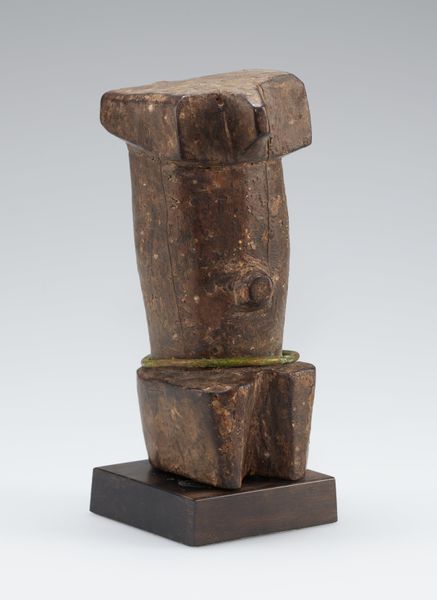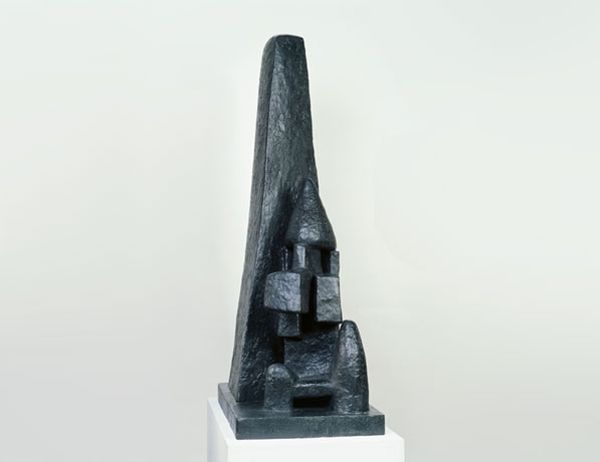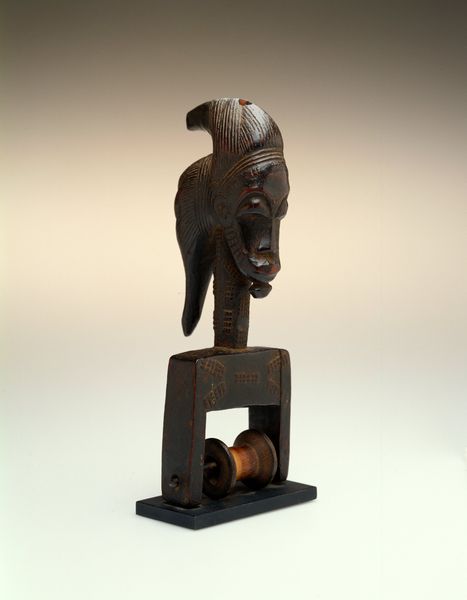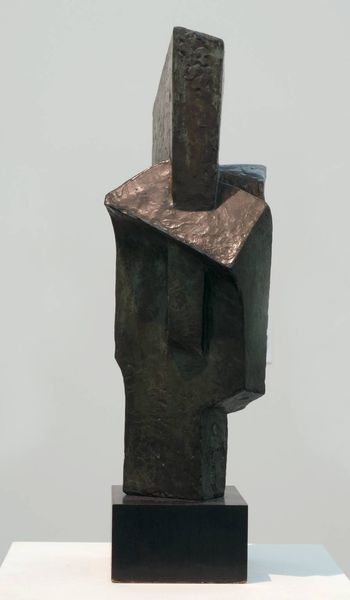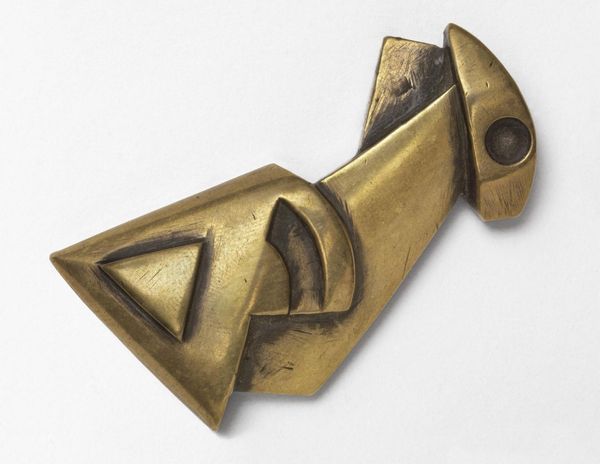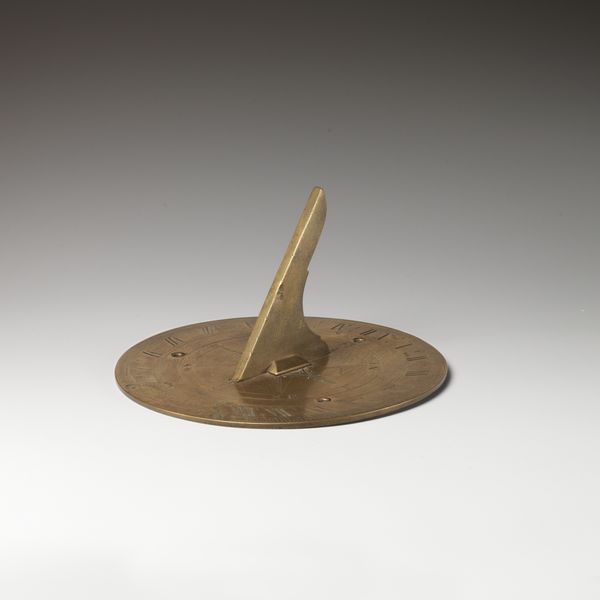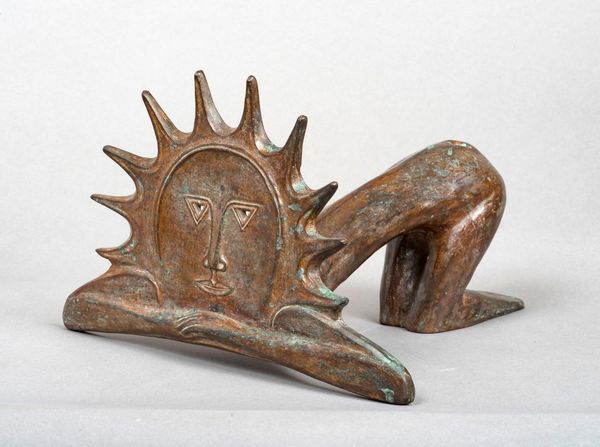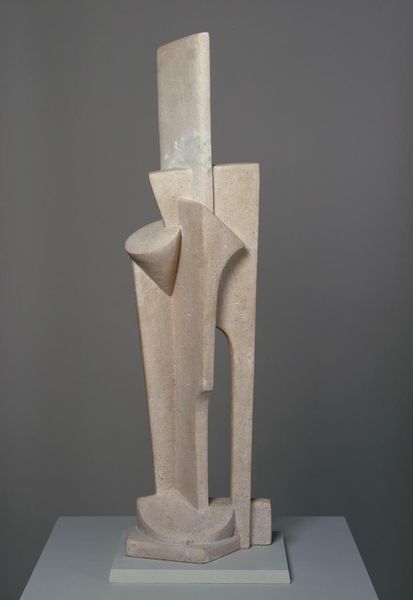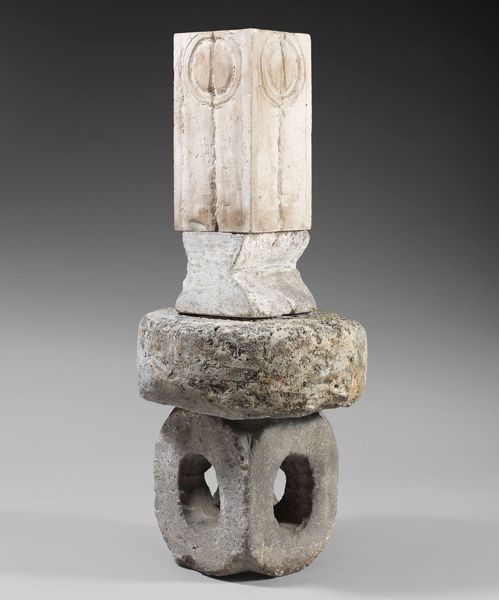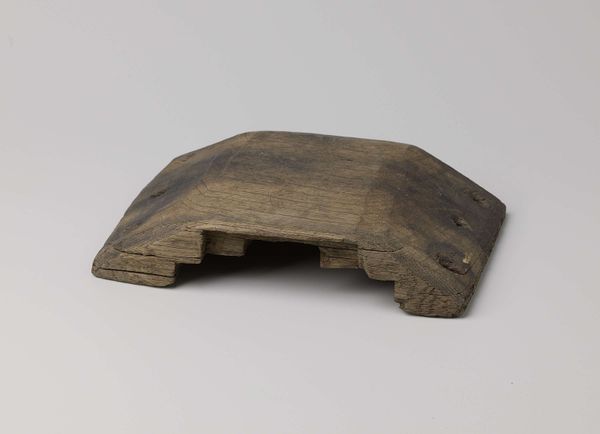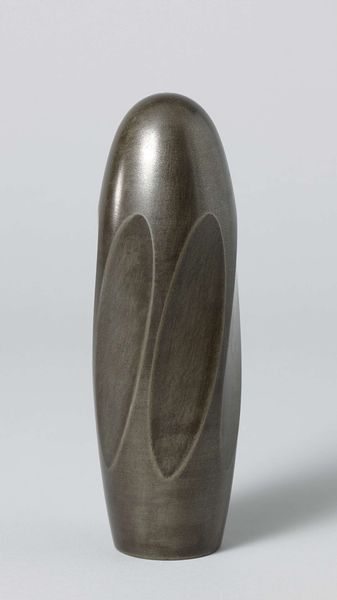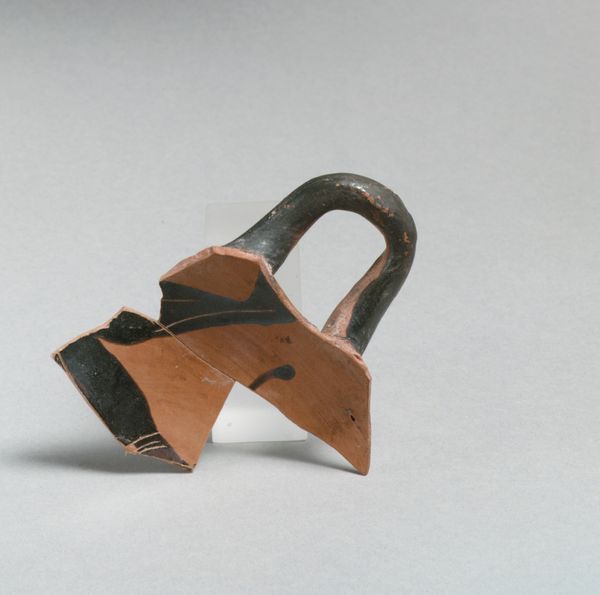
metal, sculpture
#
metal
#
sculpture
#
sculpture
#
realism
Dimensions: shell height 22.5 cm, shell width 51.5 cm, shell depth 22.5 cm
Copyright: Rijks Museum: Open Domain
Editor: This is the "23-cm Palliser Shell in a Wooden Box," created around 1870 by the Royal Laboratory. It's a sculpture, mainly composed of metal, and it looks like a cross-section of ammunition. It has this rough, almost brutal quality. What do you see in this piece that stands out to you? Curator: What strikes me is the object’s history as a product of industrialized warfare. Consider the labor involved – the extraction of the ore, the casting, the machining. It's not just the end result, a polished projectile, but a culmination of exploited resources and human effort channeled toward destructive means. The material processes give shape to imperial ambitions. Editor: So, the material speaks to something beyond the object itself? Curator: Absolutely. Notice how the artist—or the Royal Laboratory, really—has presented it. By revealing this section, we see the inner workings, the very guts of a weapon designed for inflicting damage. Doesn't the interruption of its streamlined shape challenge notions of “high” art by highlighting a kind of violent, industrial “craft?” Editor: That makes me think about how war materials were being produced and consumed at that time. It's less about glorifying military achievement and more about questioning the system that created it. Is it designed to critique or celebrate warfare? Curator: Good question. Think about its original purpose within the context of Victorian England's industrial power and its vast empire sustained by such weapons. Were these ever openly displayed, or hidden from the public eye? Knowing more about where and how they would have originally been kept would likely give clues to how to interpret its cultural importance, especially relative to modern day art practices. Editor: That makes you wonder if it's meant to reveal, in its cross-section, the realities hidden within the tools of empire. I see it differently now, less like a static object, more like a critical investigation into the processes of production and the violence they enable. Curator: Precisely. The beauty isn’t in its form, but in what its materiality exposes.
Comments
No comments
Be the first to comment and join the conversation on the ultimate creative platform.
